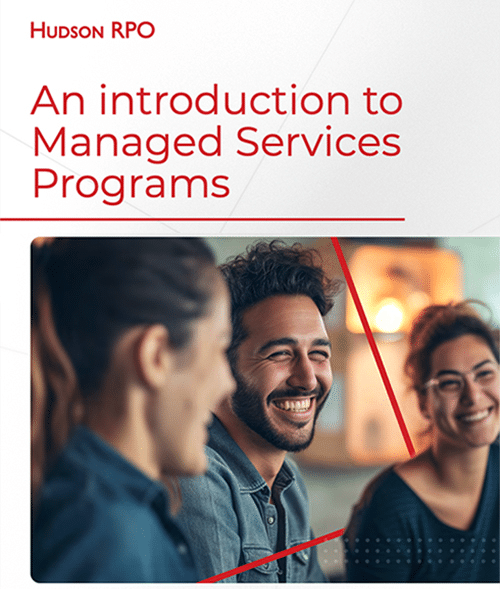Carefully research the available tools
AI has infiltrated almost every stage of the recruitment lifecycle – from sourcing to selection to onboarding. By one count there are over 250 different commercial AI-based HR tools available. This proliferation of tools means technology providers are clamouring to gain market share and we are being bombarded with claims of what this technology can do.
But, not all tools are created equal.
Take chatbots for example. There are some chatbots that use natural language processing and sound very conversational – so much so that you may not even be aware you’re talking to a robot. Whereas other chatbots are very robotic and it’s clear that you’re talking to a computer.
And that’s just one small subset of AI in recruitment. There are tools across the entire recruitment lifecycle that all vary in terms of what they claim to do, so it’s worth doing your research before you make your decision.
Be proactive: AI is dynamic and evolving
Although AI is designed to be intuitive and to learn from itself, it’s not a set and forget tool. It’s crucial that you’re not only training people in how to use it, but constantly evaluating and refining it to ensure it’s working optimally.
AI technology itself is constantly evolving, and so should your strategy around it. Asking some important questions like these will help you critically assess your tool:
- Is the algorithm giving us more diverse candidates? Is there bias creeping into the tool?
- Has the data been periodically validated? Has any data become obsolete?
- Where does it need to be customised to perform better?
The AI tool’s creator should have established systems for documenting and monitoring its performance. However, like any relationship, there are two sides. If DEI is an organisational priority for you, it’s important to work hand in glove with your tech providers and recruitment team to continually validate the data and make sure it’s giving you the outcome you desire. The question as to who should review your AI tool is an important one.
In our business, we have a manager of the solution working hand in hand with our technology team to make sure that the tool is working optimally. This is who our recruiters go to if they’ve got questions or issues. That individual then liaises with the technology provider to get those questions answered or those customisations made.
If you don’t have someone internally, it’s a good idea to partner with professionals who can help you manage this relationship. It’s far too easy to neglect the ongoing monitoring and review process, especially when things get busy. And considering last year was one of the busiest recruitment years on record, it’s easy to see why this happens. Create some space and resources to perform those reviews and ongoing customisations and your AI tools will continue to serve you well.
It’s still early days
Although AI has been embedded into almost every aspect of the recruitment lifecycle, we’re still very much at the early stages of our AI journey.
We’re at the very start of what will probably be a multi-generational trend. Just as we all felt a little uncertain when Applicant Tracking Systems started to replace our Excel spreadsheets, AI is largely unknown.
And that’s why this research is so crucial. The DCA and Monash research program is currently in year two of a three-year program. We’re excited to see what comes out of the next phase of research as we uncover the practical recommendations for using AI to reduce bias and improve diversity of hire.
We would also like to thank our technology partners LiveHire and PredictiveHire® for their valued contribution and support of this research.
This article originally appeared on the website of Diversity Council Australia, please note that some information is available to members only. For more information about using AI in your recruitment: Get in touch today.










